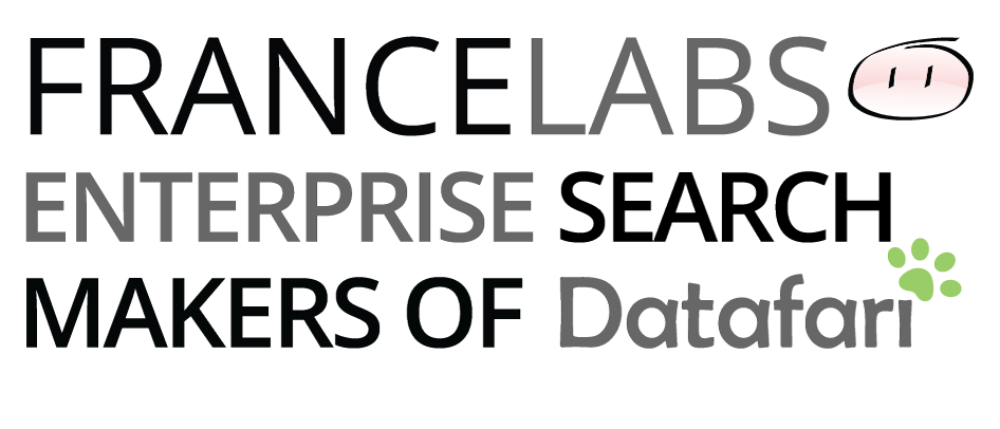Let’s say that we have a SolrCloud cluster using Solr 4.X. Now we want to upgrade our Solr cluster and to have a modern Solr version as Solr 6.X, how can we do it ?
Well, there are many ways to do it. The cleanest is to install directly the new version of Solr, to adapt the configuration files and to reindex all data. But in production, it is often not acceptable to do that.
In this tutorial, we will upgrade in two steps : from Solr 4 to Solr 5 and then from Solr 5 to Solr 6. It is not possible to upgrade directly from Solr 4 to Solr 6 i.e. between 2 major versions because the index format changes and Solr can only read an index format from the parent major Solr version.
